Update 3/25/19: This Audi 50000S quattro sold for $1,500.
Did I say ‘trio’ of Audis? Well, when a clean older quattro pops up for sale, it’s always worth a look, so here’s numero quattro. As with the 80, the 5000S was an interesting addition to the marketplace for Audi. When the Type 44 quattro was introduced in the U.S. for the 1986 model year, it was solely available as a top-tier turbocharged 5000CS model. That continued for the ’87 model year, but in ’88 – the last year for the ‘5000’ moniker – Audi started to bring the C3 in line with its European counterparts. In Europe, Audi had offered the 100 quattro and 200 quattro, the latter being the turbocharged model. That would be the same in the U.S. starting in 1989. But in 1988, both models were termed “5000” and, as it did with front-drive models in the large-chassis range for 86-88, the “S” or “CS” would denote naturally aspirated and turbocharged models, respectively. This was somewhat confusing as the same naming convention did not carry to the B2 chassis.
To make it even more confusing, it was reasonably hard to tell the 5000S and 5000CS quattros apart – at least, from the side. There were no body differences and both wore aerodynamic 15″ wheels, also associated with the Turbo model. This was changed in 1989 as the naturally aspirated 100 moved to 4×108″ wheels and brakes, although the quattro model had BBS wheels that visually matched the 200 model. Both models moved to the new, smaller chromed badges. One easy way to tell the models apart was from the front, where instead of the dual-chamber European-look headlights the 5000CS and Turbo models wore, the 5000S quattro shared the normal single chamber 9004 U.S. DOT lights. Peek inside and you were much more likely to see velour instead of leather. And, of course, pop the hood and the motivation was completely different:
CLICK FOR DETAILS: 1988 Audi 5000S quattro on eBay
Year: 1988
Model: 5000S quattro
VIN: WAUDC0441JN013024
Engine: 2.3 liter inline-5
Transmission: 5-speed manual
Mileage: 205,000 mi
Price: No Reserve Auction
1988 Audi 5000s Quattro
-2.3L 5 cylinder motor with 5spd manual- 205k
-Quattro AWD with locking diffs.
-Interior is good
-Sunroof works-no leaks
-Tires have less than 3k on them-Michelin Ice
-bluetooth Pioneer deck
-new auto antenna
-Tune up-plugs,cap,rotor,fuel filter @ 200k
-new headliner and shift boot
-heated front seat option (not working)
-previous owner/s had completed the following
Clutch @174k, Timing belt @189k, New Battery @ 193k, Radiator/therm/fan switch @196kThis was my bad weather winter car only but was recently given another car I could use for this purpose. If that did not happen, I would not this since the 5000 since this does such a great job getting me to where I need to go if it snows.
BUYER responsible for pick up and shipping
In place of the MC1 2.2 liter turbocharged inline-5, Audi slotted in a derivative of the NG motor we saw in the 80. Dubbed the NF, it looked mostly familiar, but virtually everything above the pistons was different from the NG. The NF more closely resembled the earlier KX/JT 2.2 liter motor and didn’t share the flat-top Audi-branded intake manifold normally associated with the 2.3 as seen in the 87.5 Coupe GT, 80 and 90 models. The only real glaring difference between the 2.3 NF and 2.2 was the lack of the high-RPM vacuum pump on the left side of the motor. Despite the visual difference, output was exactly the same between the NG and NF, meaning 130 horsepower and 140 lb.ft of torque motivating about 3,300 lbs. That was good enough to return a 9.3 second 0-60 time and a 125 mph top speed – roughly the same as a 4000 quattro, if not a hair quicker. Like the 4000 quattro, the ’88 5000S and CS quattro also retained the gen 1 quattro drivetrain, which meant twin locking differentials for the driver. The ’89 100 and 200 would move to the gen 2 Torsen system just like the 80/90.
Outside of the motor and trim changes, virtually everything else on the 5000S quattro was shared with its bigger brother, which made these models unique. Does that make them more desirable? I don’t believe so, but they are neat to see. This one generally looks as tidy as a 31 year-old Type 44 that has been used for its intended purpose will today, and it seems to have lived a life where it has received regular care. LY7U is Stone Gray Metallic, and again generally it looks good, but little of the Quartz velour is shown. As with the 80, options are very low – most of what is on the build sheet refers to North American specifications. The heated seats would be nice to fix up and the sunroof is probably necessary as I’m willing to bet the air conditioning no longer works, either. The big items here have been tackled outside of the hydraulic system, and with low-mileage ice tires and locking differentials, this one looks like it’s ready for severe winter duty. And the price is quite compelling; the auction is no reserve and the opening bid is only $1,500. Although personally I wouldn’t seek a 5000S quattro out over a 4000 quattro, in this case the combination of good preserved condition and low entry price are fairly compelling.
-Carter
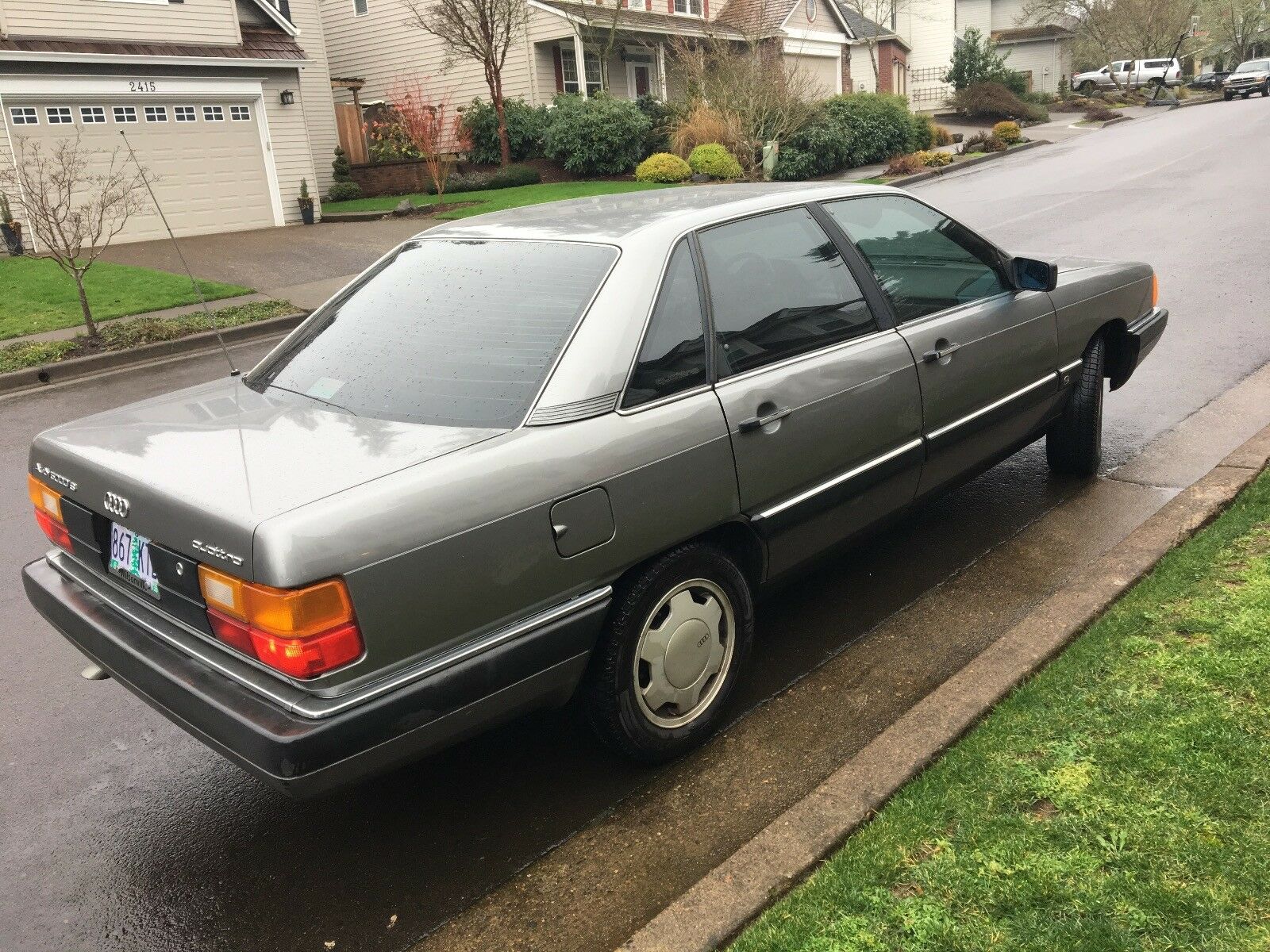
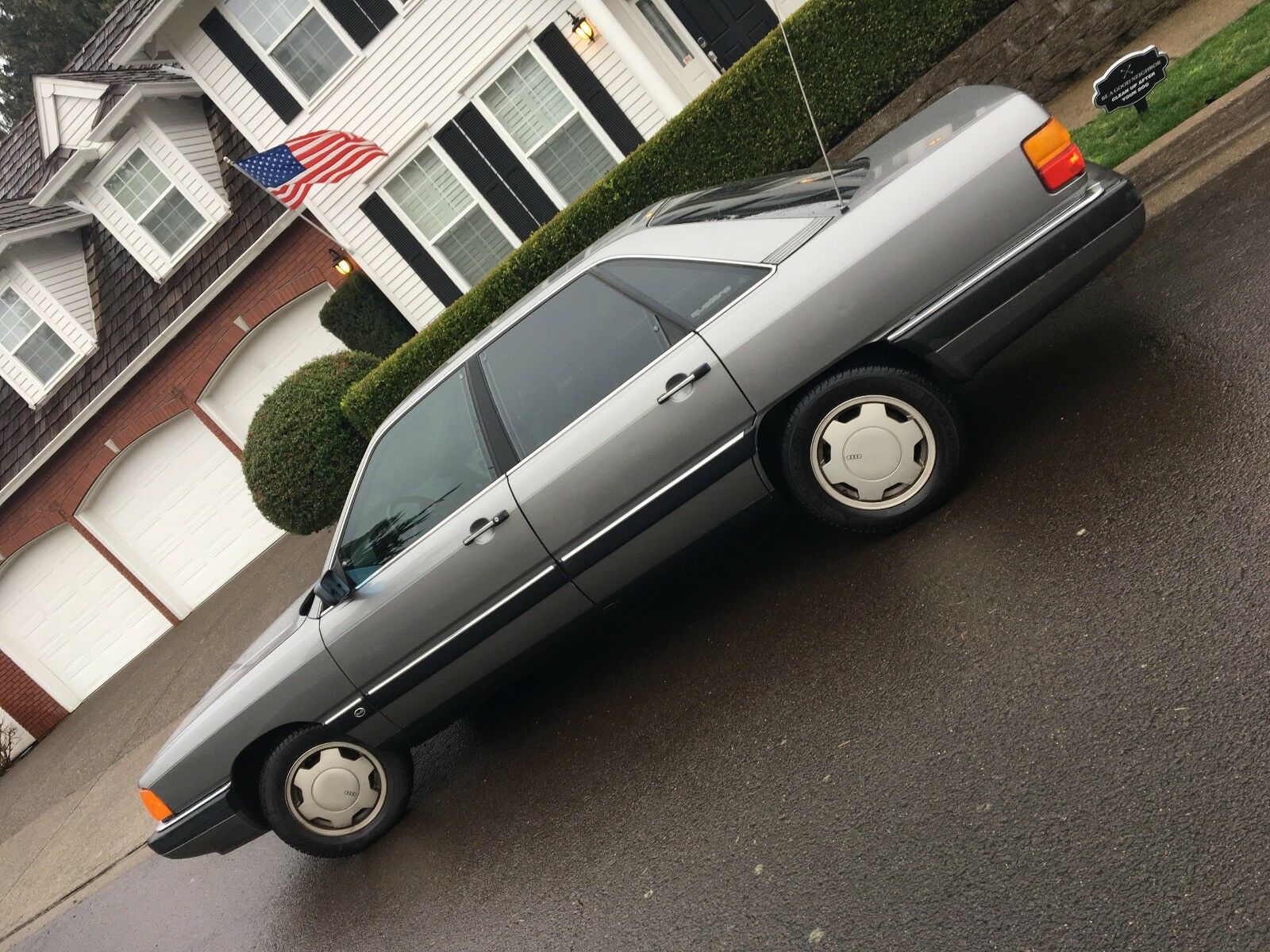

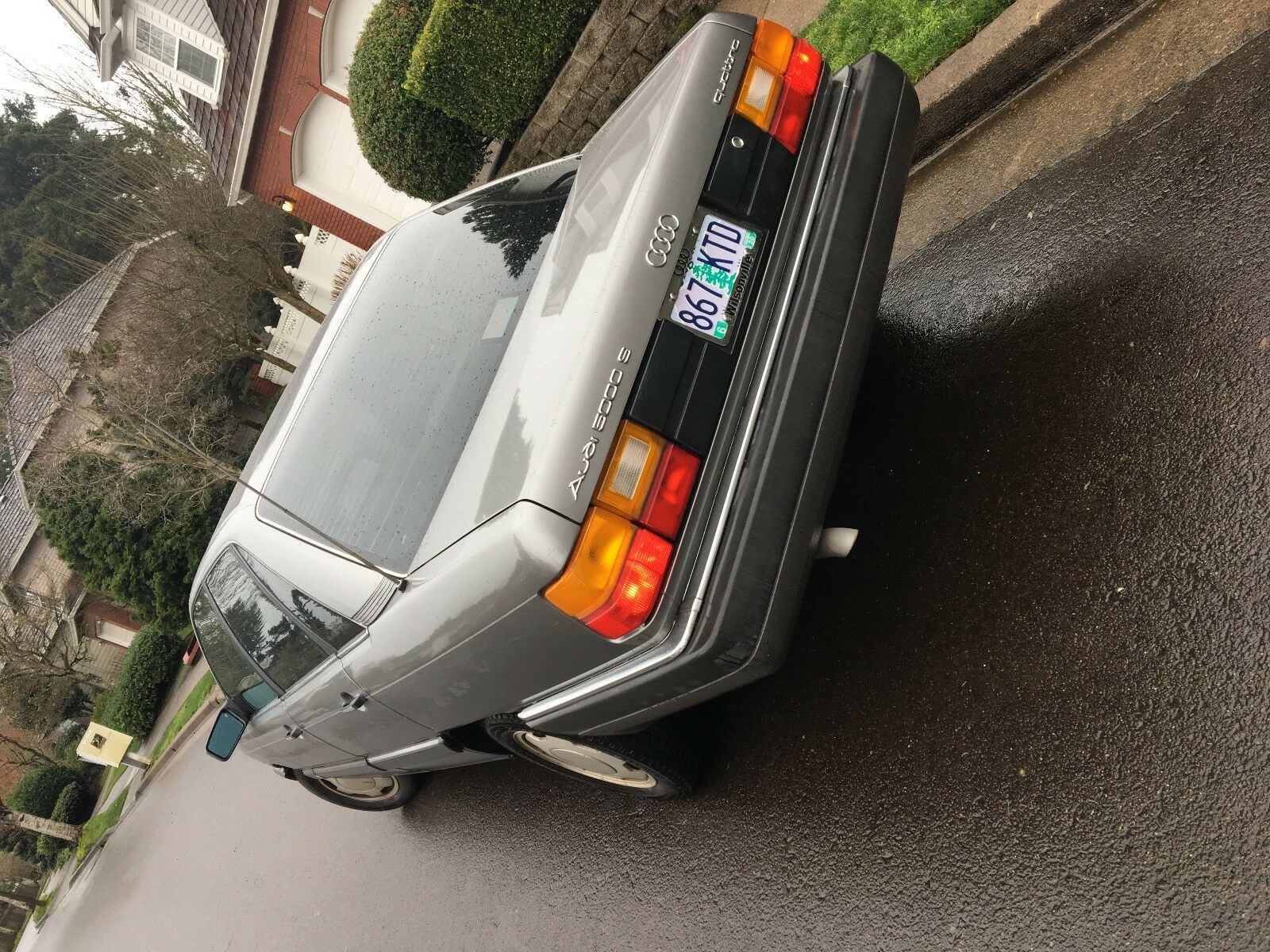


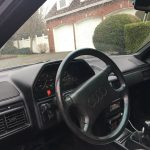
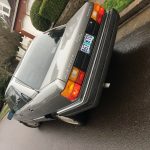
Another interesting difference between the S and CS models was a different dashboard. Funny how Audi decided to develop 2 dashboards for the type 44, and it was not exactly a big upgrade or difference between the 2. Today, automakers would have a very hard time justifying that sort of tooling and varriantion across a model. Come to think of it, Audi did this again with the B6 sedan/cabrio.
“Funny how Audi decided to develop 2 dashboards”. They still do, there are several VW/Audi models that have the standard dash whereas the “digital display” is available as an option. Audi calls it “digital cockpit”.
@feathers; Christian’s observation is about the actual shape of the dashboard, which is completely different than the turbocharged model. This is true of the B6/7 cabriolet, too, which shared none of the dashboard plastic with the normal model. What you’re referring to is the instrument cluster insert, and they’ve been doing that for a while – my ’86 Coupe GT has the digital dashboard rather than the analog dash most B2s had, but the physical shape of the dash is exactly the same.
Here’s a 5000CS Turbo dash for reference, you can note the dash vent location, shape, etc. is all different:
https://germancarsforsaleblog.com/wp-content/uploads/2017/11/CST3.jpg
v. 5000S:
https://germancarsforsaleblog.com/wp-content/uploads/2018/10/5K3.jpg
The dashes on the current models are the same as well. The Virtual Cockpit option simply plugs into the same space where the analog gauges normally fit.